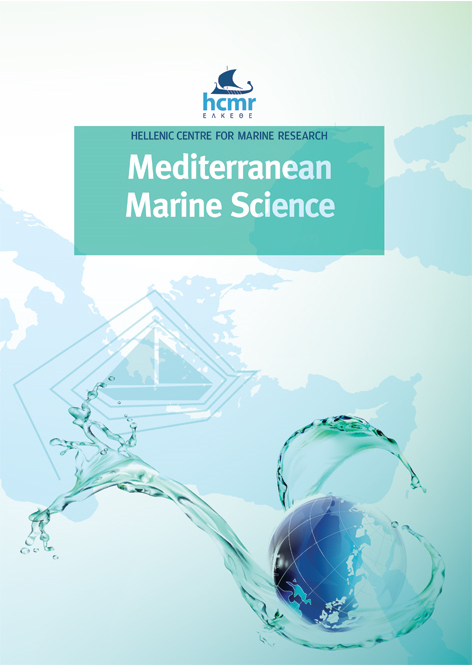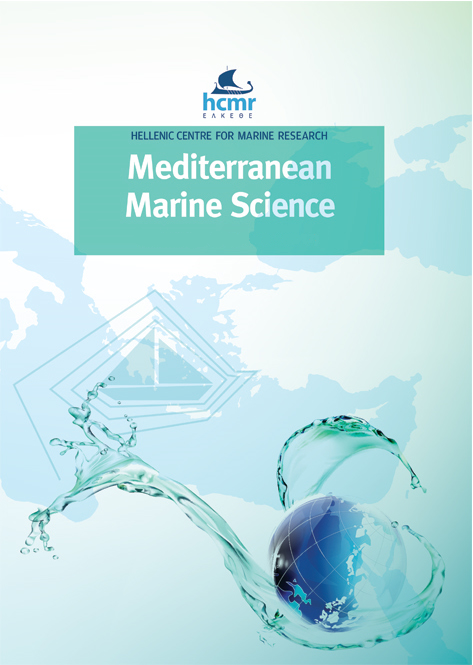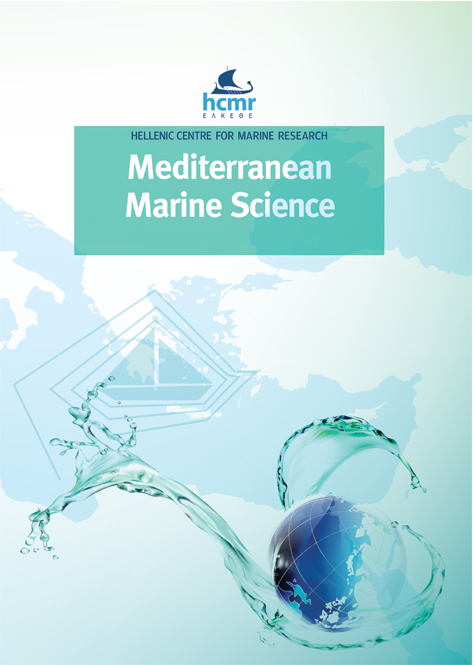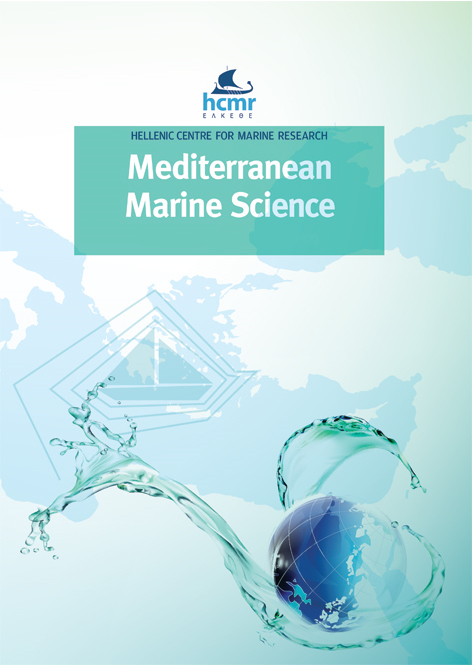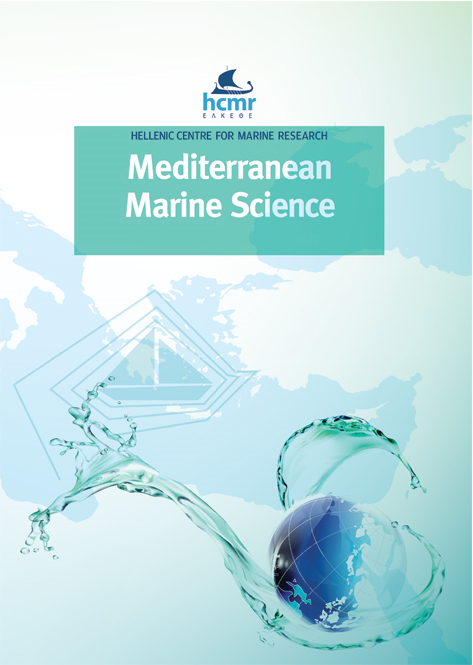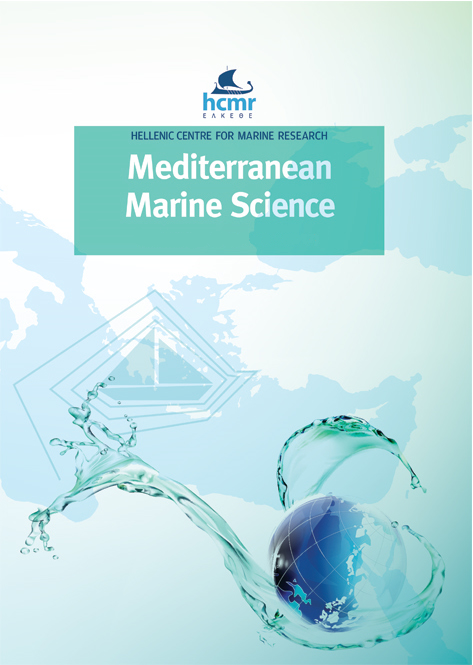First data on the diet of Razorbill Alca torda wintering in the Mediterranean Sea: insights from social media

Abstract
Understanding a species’ diet is of paramount importance to ecology as it provides vital insights into interactions between organisms and their environment. In this study, we report the first data on the diet of wintering Razorbills (Alca torda) in the Mediterranean Sea. Taking advantage of the irruption event that occurred in the Mediterranean in winter 2022/2023, a data mining search campaign was carried out on social media to collect photographs and videos documenting Razorbills feeding at sea. Additional information was gathered by analysing the stomach contents of dead individuals salvaged from the coastline of central Italy. Overall, we obtained records from 32 pictures and 7 videos as well as 7 dead individuals. All prey items belonged to class Actinopterygii. Overall, 12 fish prey were identified (2 at the family, 3 at the genus and 7 at the species level). Razorbills fed on small-medium sized fish species of the neritic zone such as Belone belone, Trachinotus ovatus, Atherina hepsetus and Engraulis encrasicolus. Razorbills were mostly observed foraging close to the coast and within harbours, as well as begging for food from humans, raising doubts about the feeding conditions encountered and the health status of individuals. Dead individuals mainly had empty stomachs, in line with the low weights and fat scores detected during necropsy. We underline how data from social media have made it possible to describe, using non destructive methods, the behaviour and feeding habits of an uncommon seabird typical of the North Atlantic Sea, which caught the attention of photographers, nature enthusiasts, and scientists.
Article Details
- How to Cite
-
MONTI, F., MORI, E., BALESTRIERI, R., MINICHINO, A., VENTO, R., VIVIANO, A., & TIRALONGO, F. (2024). First data on the diet of Razorbill Alca torda wintering in the Mediterranean Sea: insights from social media. Mediterranean Marine Science, 25(1), 58–66. https://doi.org/10.12681/mms.35831
- Section
- Short Communication
Authors who publish with this journal agree to the following terms:
- Authors retain copyright and grant the journal right of first publication with the work simultaneously licensed under a Creative Commons Attribution Non-Commercial License that allows others to share the work with an acknowledgement of the work's authorship and initial publication in this journal.
- Authors are able to enter into separate, additional contractual arrangements for the non-exclusive distribution of the journal's published version of the work (e.g. post it to an institutional repository or publish it in a book), with an acknowledgement of its initial publication in this journal.
- Authors are permitted and encouraged to post their work online (preferably in institutional repositories or on their website) prior to and during the submission process, as it can lead to productive exchanges, as well as earlier and greater citation of published work (See The Effect of Open Access).





